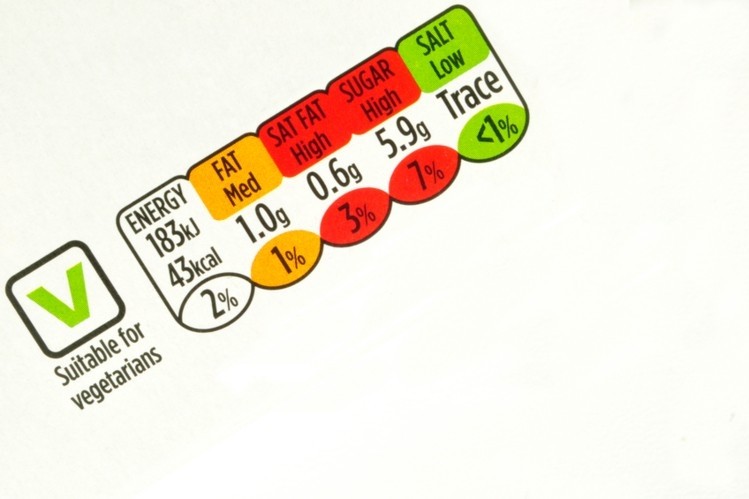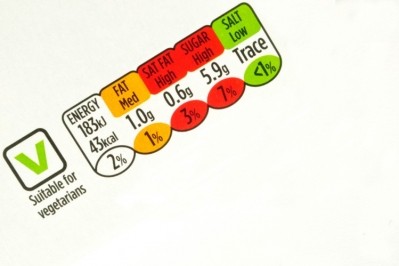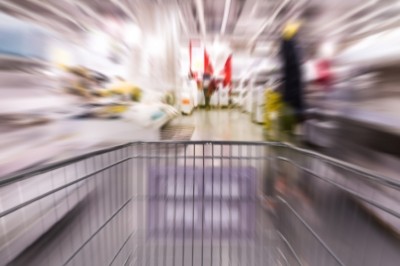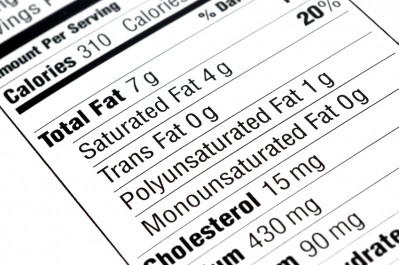Evolved Nutrition Label to be launched in some EU countries

An ENL spokesperson said that in compliance with EU Competition Law, the member companies would communicate separately about their trials, including the which countries it would be rolled out in, the product categories and the timing.
“The ENL labels will begin to appear gradually on shelves by end 2018 and the companies anticipate to have gathered preliminary consumer insights as of end 2020.”
The five companies carried out a survey on the ENL model, questioning 3,500 consumers in seven EU countries (Belgium, Bulgaria, Germany, Greece, Poland, Portugal, Spain) on their preferences for nutrition logos.
According to the companies, the survey found that eight out of 10 consumers found the ENL label easy to understand and helpful to assess the nutrient content of food and beverages, allowing them to make an informed product choice at a glance.
A majority of those questioned expressed a preference for coloured labels over the black and white Reference Intake label, and European consumers “in general prefer per portion labelling over per 100g labelling when it comes to comparing the nutrient content of different products using a colour-coded label”.
The survey “reinforces the case for ENL”, they said.
However, food policy officer at European consumer rights group BEUC Emma Calvert questioned the validity of the ENL’s survey findings.
It was unsurprising that consumers said they preferred colour-coding more than black and white nutritional information and the ENL companies chose not to compare their scheme with member state-approved colour-coded systems such as the UK Traffic Light or the French Nutriscore and only compared it with monochrome nutritional information, she said.
“The ENL survey merely asked consumers if they preferred per portion or per 100 g colour-coded information. It crucially failed to demonstrate that that per portion information was more effective than per 100 g information in helping consumers to compare between products and make healthier choices. This should be the central purpose of any front-of-pack labelling scheme.
“Colour codes must be determined on a uniform basis. Allowing more lenient criteria for smaller portions, as the ENL wants to do, will inevitably lead to fewer reds on foods which still have high levels of fat, salt and sugar. Ultimately, this will make it more difficult for consumers to compare between products and will inevitably mislead them.”
Mars used to be an ENL member but announced in March this year it was leaving the group and would not be using the logo, citing a lack of credibility and consensus.
The logo has drawn criticism from the dairy industry, which slammed it as "nonsense" while French consumer groups UFC-Que Choisir said it was “an attempt to scramble” France’s official NutriScore.
Last month the European Commission convened a multi-stakeholder meeting to discuss various approaches to labelling, during which the ENL logo was presented, alongside other interpretative nutrition labels.
The ENL companies said they “appreciated the open and constructive feedback” and said this would allow dialogue around all the proposed nutrition labelling schemes in Europe, ultimately leading to a more coordinated, EU-wide approach to front-of-pack nutrition labelling.
The companies also call upon the European Commission to set standardised or regulated portion sizes, as required by the EU Food Information to Consumers Regulation.

















